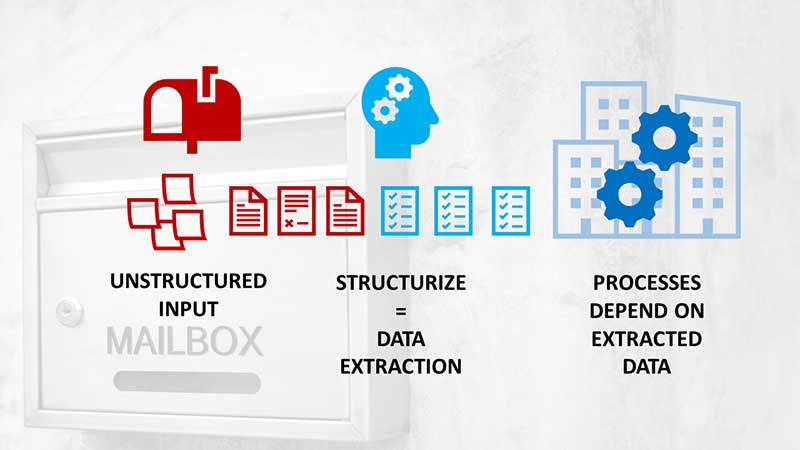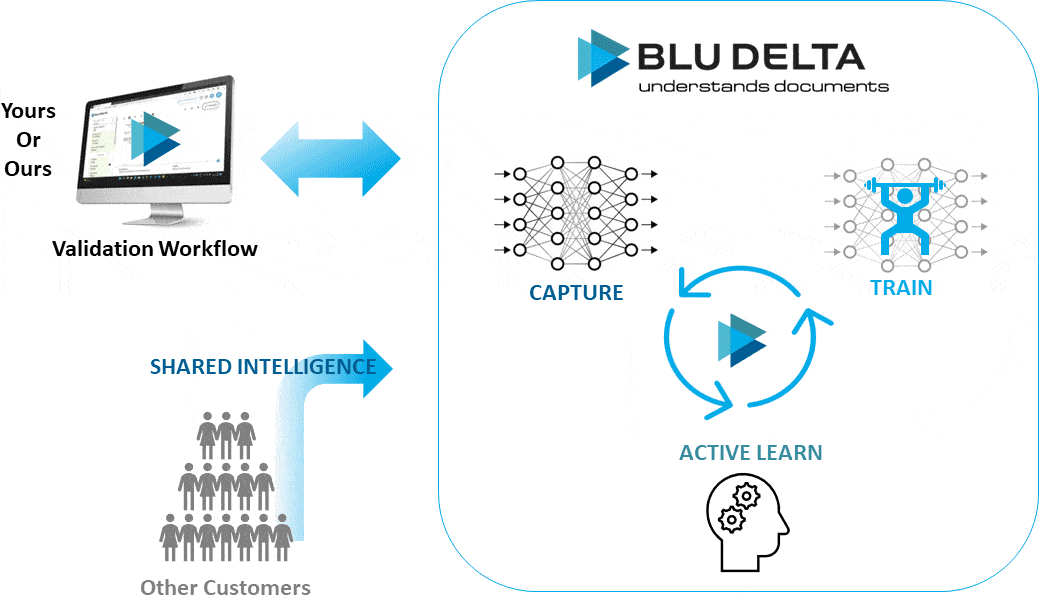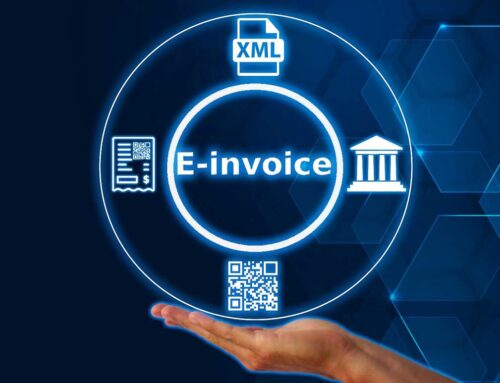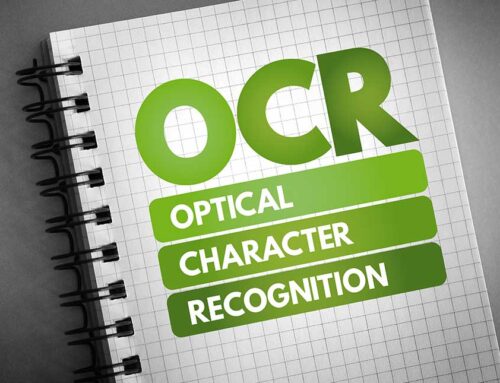Data extraction, the process of capturing essential information from unstructured or semi-structured documents, continues to be one of the most significant challenges in automating business processes. While workflows and processes based on structured data can be relatively easily automated, transitioning from unstructured formats to structured data is technically much more demanding and falls into the realm of complex problems.

The technological response to this challenge is Artificial Intelligence (AI), particularly in the field of Natural Language Processing (NLP), which forms the foundation for modern, highly automated data extraction. But let's take it step by step!
Data Extraction with BLU DELTA

This is a costly, time-consuming, and labor-intensive task, but it doesn't necessarily have to be that way. Contracts, orders, invoices, delivery notes, and more all land in the realm of input management, at the company's entrance. To remain competitive in the market, swift, high-quality, and efficient business operations are essential. Errors that occur in capturing information at the company's entrance result in increased costs in subsequent processes.
Incorrect processes are triggered, documents are misclassified, reports are corrected retroactively to make the data plausible, or, in the worst case, errors go entirely unnoticed. In addition, extensive forensic work is required to rectify the errors, leading to double costs. Revenue is reduced or delayed, and additional expenses accrue.
Therefore, efficient data extraction means finding the optimal balance between the accuracy of the captured data and the lowest possible error rate. Companies heavily reliant on automation measure capture errors consistently.
Modern systems often offer solutions here as well. In addition to automated extraction using Artificial Intelligence, AI can also assess the correctness of the extracted data itself and make a statement about its accuracy before involving a human.
Data Extraction: The Foundation for Successful Scaling
Every business model requires document processing as part of its operations. The more detailed or extensive the business, the more critical automated data processing, and thus data extraction becomes. In other words, the more documents that need to be captured for business operations, the greater the manual effort in administration. However, if you want to expand or scale your business, you can only achieve this through additional personnel, and this resource pool is finite. If you want to avoid this, automated document capture is the solution!
Automation: Data Extraction vs. Processes
Automation means carrying out workflows without human interaction. Therefore, the approach of digital process automation is evident. However, the fruits of digital processes cannot be harvested without correct, structured data. Workflows are often triggered by the receipt of an unstructured document. Unfortunately, interpreting unstructured data (PDFs, images) from a technical perspective is one of the most challenging tasks. However, since the dawn of the AI era, this field has evolved rapidly, and the latest systems achieve much better results with less effort.
What Methods are Distinguished in Modern Data Extraction?
- Manual Data Extraction: This is the simplest method, where human workers manually capture data from physical or digital documents. This can include tasks such as typing information from printed forms or copying and pasting text from websites into a database. This method is time-consuming and error-prone but is still used in many cases.
- Optical Character Recognition (OCR): OCR software is used to extract text from images or scanned documents. This is especially useful when you need to convert information from printed material into digital formats. However, it does not consider semantic aspects. For data extraction from simple and recurring formats (e.g., forms where the fields are always in the same positions), this may be sufficient. A template mechanism can also be used to help automate recurring form structures (this was the most common approach to data extraction before the AI era).
- Text Analysis and NLP (Natural Language Processing): This method uses machine learning and artificial intelligence to analyze text data (e.g., from OCR) and extract information. NLP can be used to extract relevant information from unstructured texts such as PDF documents, emails, social media, or customer reviews.
- AI Image Processing: In some cases, images are analyzed to directly extract information. Artificial intelligence converts the image directly into the desired information. This is particularly applied where essential information is given by the context of the image. This method is preferred even when text is embedded in image data (e.g., a stop sign at an intersection). In research, there are also approaches to interpret images, including text, without the intermediate step of OCR. Such use cases are often found in medicine, engineering, or quality control.
Modern Data Extraction with AI and OCR
Modern technology has brought about a revolutionary change in the world of data extraction. Artificial Intelligence (AI) and Optical Character Recognition (OCR) are two key components driving this development, enabling companies to extract data faster, more accurately, and more efficiently than ever before. If you are asking yourself the question "What is OCR?", we will be happy to help you in our article.
Artificial Intelligence (AI) and Its Role in Data Extraction
AI propels many technological innovations, and data extraction is no exception. AI-powered systems use complex algorithms and neural networks to transform unstructured data into structured information. Here are some ways AI is revolutionizing data extraction:
- Automatic Classification: AI can automatically classify and categorize documents and files. This is especially useful when dealing with large volumes of documents, as it saves time and enhances organization.
- Text Recognition and Extraction: AI-powered OCR technologies can extract printed text from images or scanned documents. This enables the conversion of paper documents into digital formats and the automatic extraction of information.
- Intelligent Data Capture: AI can capture data from various sources, including unstructured texts like emails or social media. It can identify relevant information and structure it in a format suitable for analysis.
- Error Reduction: By automating data extraction, human errors can be minimized. AI systems are precise and consistent, enhancing the quality of extracted data.
Artificial Intelligence Harmonizes Your Data
One often overlooked point, but one that offers significant benefits, is that AI captures data consistently. Unstructured data often leaves room for interpretations by data capturers. For example, while data capturer A always looks in the footer of a document for the sender's VAT ID, data capturer B always accesses the header area. However, this is not always permissible and can later lead to significant inconsistencies in financial reporting that can only be rectified with considerable effort.
Datenextraktion mit BLU DELTA

The BLU DELTA AI platform uses Artificial Intelligence for data extraction. It incorporates state-of-the-art technologies from the field of NLP and image processing. Additionally, recognition can continuously learn through an automated training approach.
This enables immediate data extraction of more than 50 data fields from receipts and similar semi-structured documents.
BLU DELTA is a product for the automated capture of financial documents. Partners, but also finance departments, accounts payable accountants and tax advisors of our customers can use BLU DELTA to immediately relieve their employees of the time-consuming and mostly manual capture of documents by using BLU DELTA AI and Cloud.
BLU DELTA is an artificial intelligence from Blumatix Intelligence GmbH.

Author: Christian Weiler is the former General Manager of a global IT company based in Seattle/US. Since 2016, Christian Weiler has been increasingly active in the field of artificial intelligence in a variety of roles and has been part of the management team of Blumatix Intelligence GmbH since 2018.
Contact: c.weiler@blumatix.com





